How I stumbled upon making my yard a certified wildlife habitat:
A couple weeks ago I was doing some research on how I could best maximize my yard to provide more milkweed varieties as well as nectar-producing flowers to attract more monarch butterflies and sustain the ones I already had milling about. You see, back in December I had about 8 monarch caterpillars on my single 2-foot-tall milkweed. Well, in no time at all they had stripped it bare of anything save stems. When I got home from work, I noticed that they had evacuated in search of new food sources.
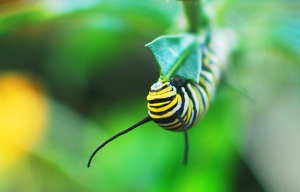
The only problem was there were no other milkweed plants for miles around. In the fading light of that warm Tuesday I began a frantic search for the suicidal caterpillars. With a flashlight I scoured the yard in hopes of rescuing as many as I could find. That’s how I roll. You see, I felt guilty for having lured them in to provide only half of the food they needed to finish the deed.
I only was able to find one sole caterpillar in the end. I can only hope the others had enough food to get them through the metamorphosis. The lone caterpillar was transferred into my indoor insect habitat that I have for just this situation.
It’s an ER for wayward critters and has served me well. She made her chrysalis and emerged several days later and was released.
Crisis averted, barely. Steps would need to be taken however. It was in this vein that I stumbled across the National Wildlife Federation wildlife habitat certification program. In reading about their requirements, I discovered that I was already creating a refuge for pollinators, birds, insects and reptiles by providing food, shelter, water and a place to get it on and raise babies.
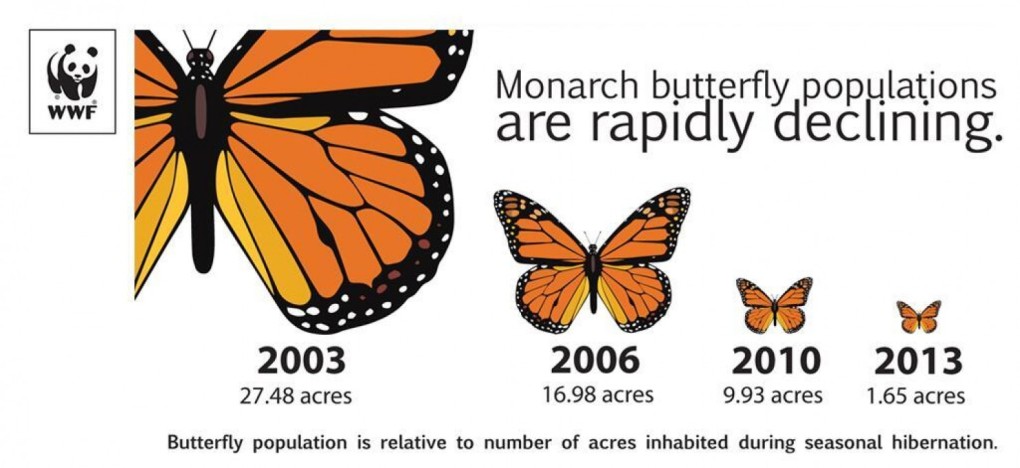
Did you know that in 2013, the monarch butterfly population was down by 80%? 80% is insane! Pesticides have all but wiped out the milkweeds throughout the Midwest and central portions of the US. No more food for these essential pollinators. If they can piggyback through the yards of us Americans, then maybe they can survive and get their numbers up. It’s up to us until the farmers of the country wise up! It’s simple, people: no pollinators, no food. No food, no us.
So I applied and received this lovely certificate.
You can also donate a wee bit more money to get yourself a fancy sign for the lawn to show off to the neighbors how much more you care about the planet than they do. This kind of “keeping up with the Joneses” is at least beneficial to the environment! Check out my boasting…
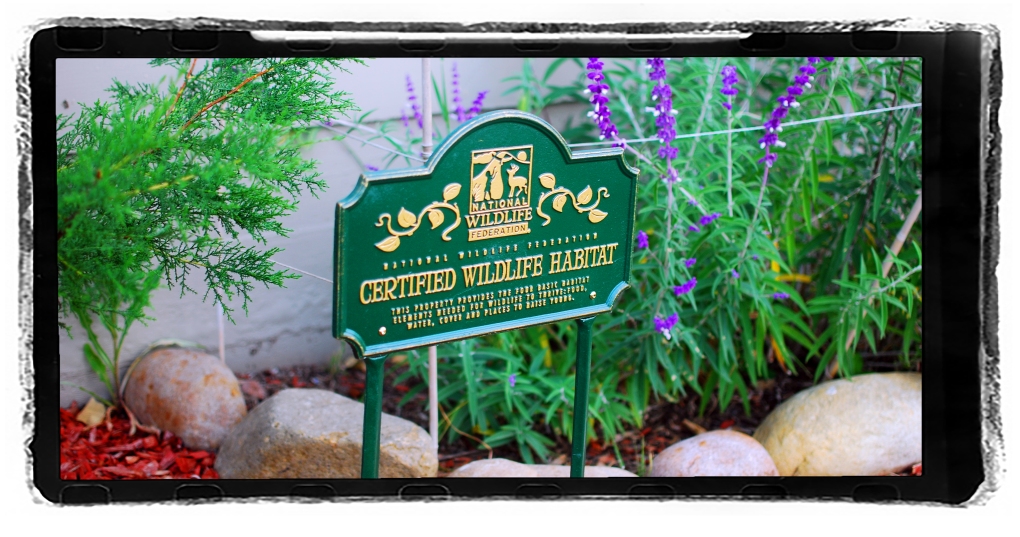 I think I’ll start dressing up like a park ranger on the weekends and offer garden tours. Those who know me well know that this is not out of the realm of possibilities as I tend to take things further than most. Way further.
I think I’ll start dressing up like a park ranger on the weekends and offer garden tours. Those who know me well know that this is not out of the realm of possibilities as I tend to take things further than most. Way further.
My 7000 square feet have gone through a massive transformation over the past 3 years. What once was a barren wasteland has become a burgeoning oasis. Take a look at what the yard looked like back in 2013.

Nothing was going on back there. No birds, no butterflies and no bees. No sweet songs of nature, no fertile soil. Nothing. Now take a look at it today.
A quickly forming oasis of newly planted trees and plants and water features. Soon that willow tree and olive tree will be providing even more shade and nesting spots for all the species of birds that are now flooding into the yard looking for prime real estate. I grow millet in the back for them to munch on and they take daily baths in the waterfall. I’ve been planting other trees throughout the yard like this black locust.
And the newly planted milkweeds are now scattered throughout the entire yard to create even more sanctuary for the endangered monarchs. And look, they have returned again to feast!
Now when they have depleted one plant, I can move them to another while the first replenishes its leaves. Or they can crawl to a new plant at their leisure. If they go in any direction, they will now find their favorite meal.
Here are some other details of the yard where all manner of critters can forage, drink, eat, hide and, uh…get it on.
And I even have enough room left over to house my chickens and give them ample room to free range. Notice how the girls are jealous of Piper’s new privileges? She gets so picked on in the run that I’ve been letting her free range during the evenings just to get some peace from those brutes. I’m actually building her some armor to protect her. More on that soon.

When I look at the photos that the selling agent took back in November of 2012, I am blown away at how much of a transformation has occurred. I did it all with my bare hands and strong back. I did it all while working a full-time job, doing multiple freelance jobs, volunteering at a community garden and maintaining a wonderful relationship with a loving woman. I did it all without using a single drop of chemicals or non-organic fertilizers. I’m sustaining it all with micro-irrigation systems and greywater which have dropped my water bill by 42% on average. And now I have the support of (and am supporting) the National Wildlife Federation. I hope this inspires you to follow suit! I’m here to help you in any and every way and together we can transform these wastelands into sustainable oases to help fix the damage that has been done to our environment. Are you pumped? Good! Let’s get to work and as always, mind your dirt!
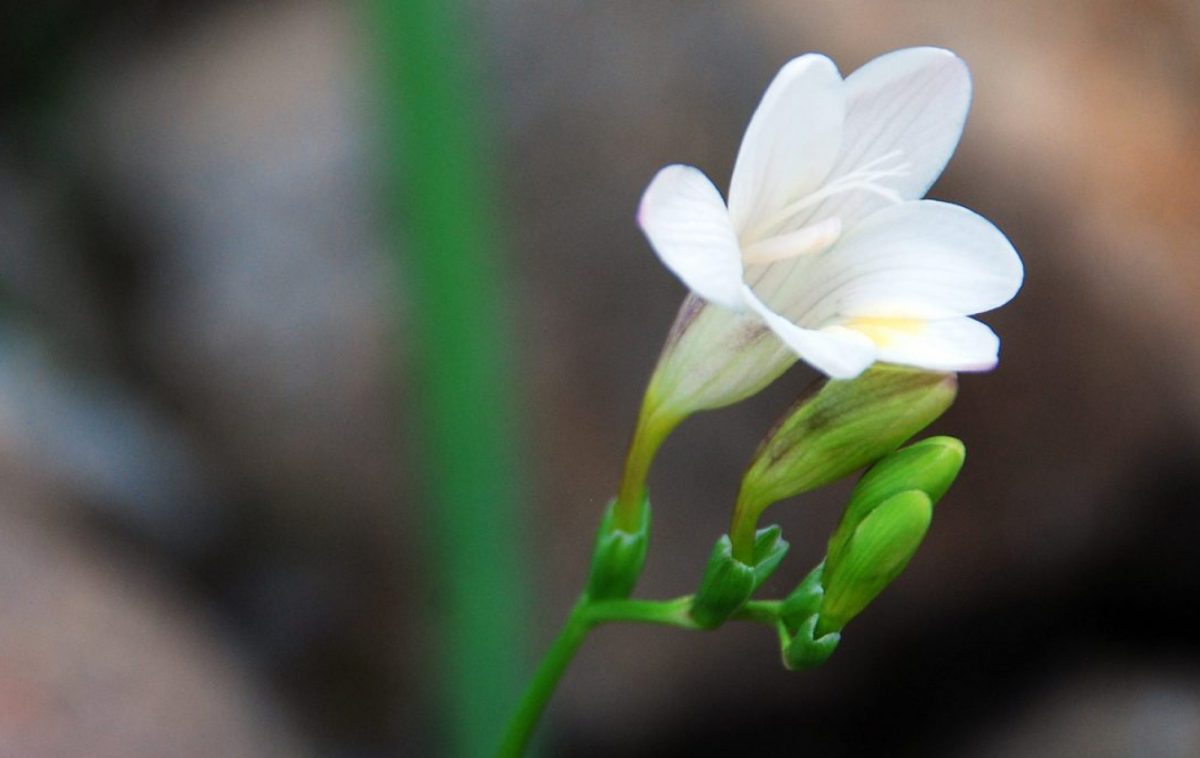



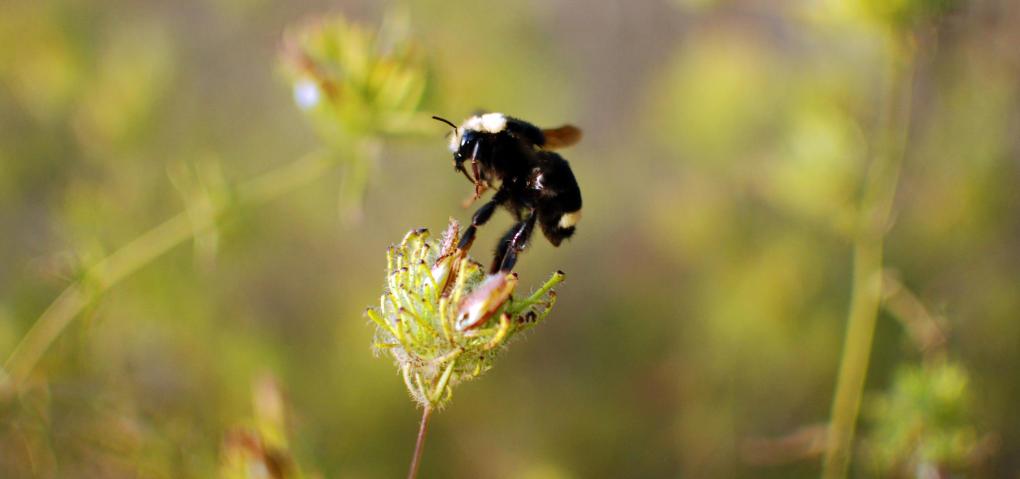
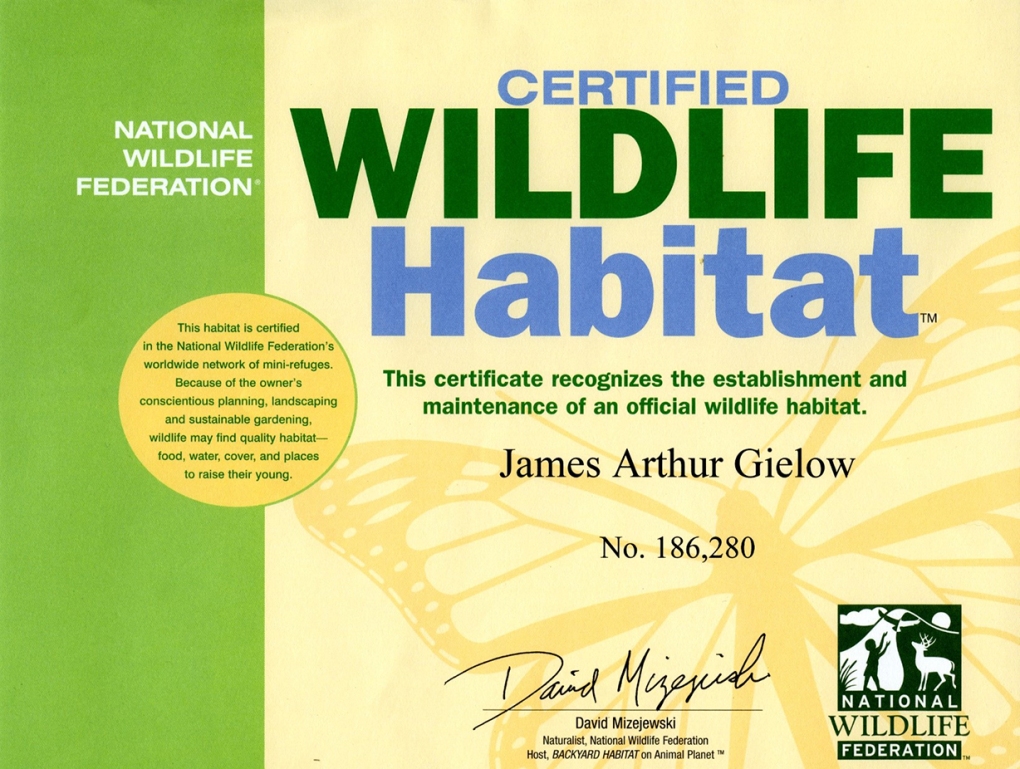

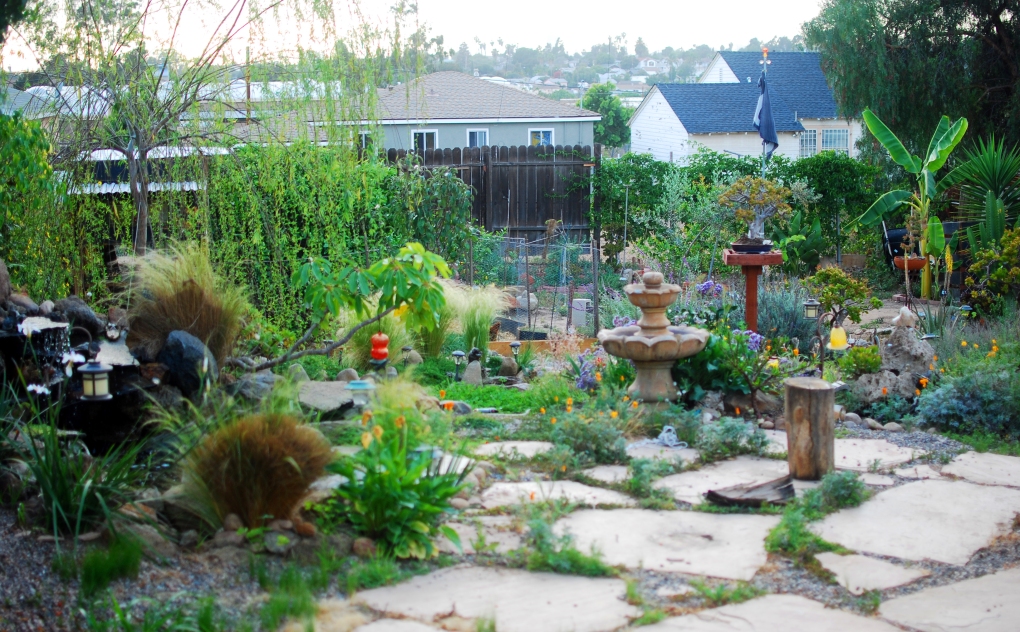
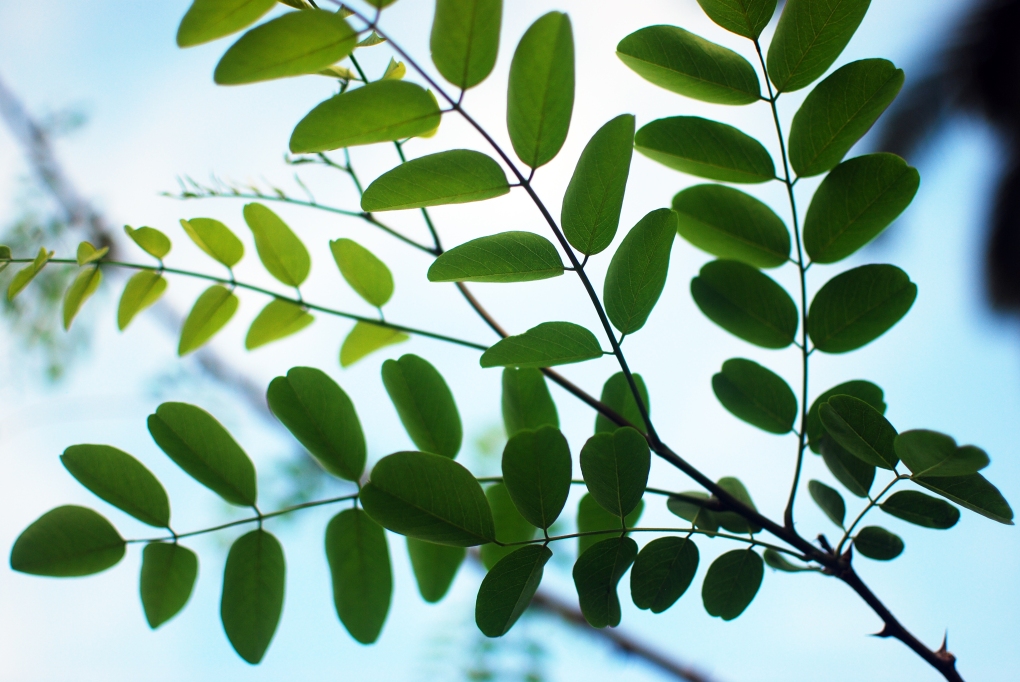
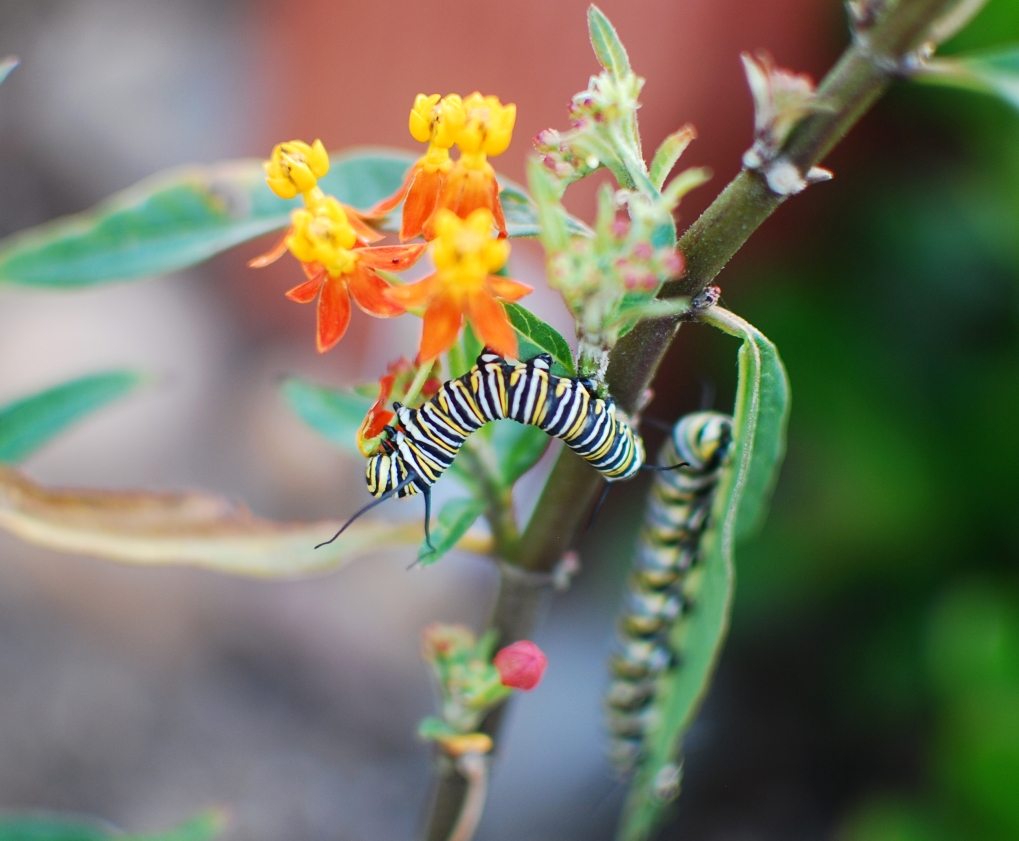
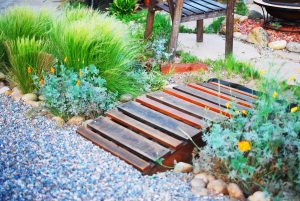

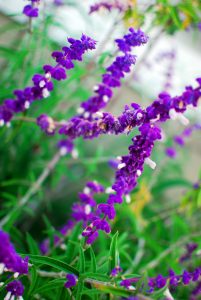

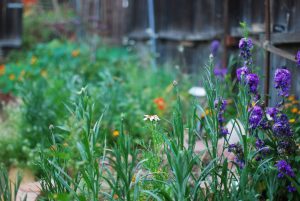

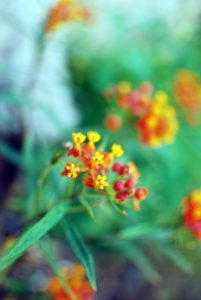

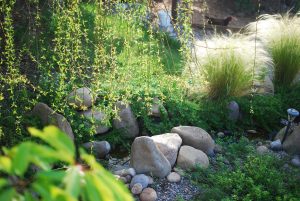
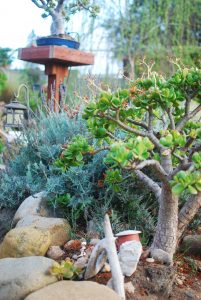
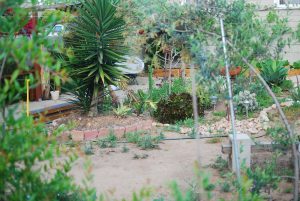


What a delight! a) I may now try to become a certified wildlife habitat. b) Before and after photos are stunning. c) So glad those mean mamas are in jail, at least till they mend there ways. d) The photo of you as Ranger Rick! Whee!
What is that bright purple flower?
I believe you’re referring to the Mexican Sage plant. Very drought tolerant and a hummingbird magnet!
Thank you!
Fantastic news! Not only does it support the NWF, but it also empowers us to take back our natural world one yard at a time. Especially regarding the monarchs. Their numbers dropped 80% in 2013!!! That’s frightening. with no major paths of milkweed throughout the Midwest of the United States, they simply can’t make their migration. If this spreads like wildfire, they can find salvation in the yards and patios of the people!
I’m also glad you enjoyed the Ranger Rick pic. That was ridiculously fun to create.
I prefer the “before” photo…
April Fool’s! Stunning job, Ranger Rick. All future Instagram photos shall be tagged “Gielow Wildlife Habitat.”
It was a good place to film Mad Max movies…and that’s about it. Now get to work on sewing me a sexy ranger outfit!
Congratulations with your wonderful achievements. It is just great to see the caterpillars in your garden, lovely. Enjoy being the Ranger Rick! 🙂
It makes the sore back so worth it to hear all that chirping and singing going on back there. And now the monarchs can make it another few miles to the next spot where another true American has planted milkweeds.
Brilliant 🙂
That transformation is brilliant, it’s amazing how much has been achieved so quickly. The wildlife of San Diego will surely be thanking you 🙂
Thanks Matt! It’s crazy to step back and see the changes. One tends to have such tunnel vision in such matters. How’s the gardening in your part of the world?
After that fantastic job that you did with the yard – it looks stunning – and the amazing achievement becoming a Certified Wildlife Habitat, I’m sure even Walker Texas Ranger would be jealous of your sexy ranger outfit! 🙂
Tours are on Sundays at 11 and 2 😉
I really enjoyed this post James. I have noticed the decline of butterflies since I was a child. I need to look into this further about what Australian butterflies need help (probably all of them). Do you have any advice for Australians regarding creating habitats for butterflies?
I would mostly be concerned with migratory butterflies. You should have about three that I know of, the Caper White, the Blue Tiger and the Lemon Migrant.
Caper white likes wild caper (go figure) and mock orange.
Not sure about the Blue Tiger. Maybe tigers?
The Lemon Migrant like cassia fistula or golden rain trees.
As for how their numbers are holding up, I cannot say. Even if they are strong, it’s always nice to coax them into your garden for the annual migrations.
I’d be interested in what you find about your local varieties that need help. How crazy is Australia over the pesticides? I always hope that other countries are wiser than mine. No hard feat.
I will investigate James and report back. Unfortunately Australia is a pesticide loving Nation too. Thankyou for your help and information. 🙂
Any ol’ time Sarhn. It’s what I’m here for. Me, and Google 😉
Thanks for all the great info. Hubby and i always fight about nasty chemicals, he wants to use them and i don’t. Lovely yard.
My pleasure, I’m glad you liked it! I truly hope you win that argument. It’s not easy to show people that there are other safer ways. Just as effective, but not nicely packaged on the shelves of the Home Depot. My girlfriend has really helped me see the light regarding all chemicals in the house. She thought, if I care so much about the world outside how could I ignore what was in my body. I’m really stubborn so it wasn’t easy for her. But she was patient and steady and broke through. In other words, don’t give up! Show him how you can get the same, if not better, results the old fashioned natural way. Ways that we have forgotten since the rediculous concept of “better Living through chemistry”.
Whenever friends bring the kids over or I see my dog laying in the grass with my chickens, I can’t help but feel relieved knowing that there’s nothing there that can hurt them. Nothing that will give them cancer. I lost my dad to cancer in 2010. Knowing that I’m creating an environment where carcinogens don’t run rampant makes me feel like I’m honoring him in some way.
Thanks for your comment and kind words and good luck with your struggle!
Hi James. I stumbled upon this post while searching for info on diverting grey water. I read your post on that subject and will do that to my house.
I’m in the Sacramento area and have created quite a garden myself. All organic, from local growers (nothing from Home depot or the likes). I have plenty of bees, humming birds, other birds, lady bugs and I’ve seen several Monarch butterflies. I even had a wayward turkey the other day….no clue how he ended up here. I don’t use any pesticides or herbicides, only organic fertilizer and really good soil. Can you recommend a source for Milk weed or what types to get?
I really enjoyed this article and will come back to see what else you’ve got up your sleeves 🙂
Hello Charlotte,
I’m so glad you stumbled my way! But not as glad as I am to hear all the noble efforts you’re making to create a chemical free garden. Well done!
When it comes to planting milkweed, sometimes good intentions end up doing serious damage to the monarch population. The most important thing is to plant native species. Places like Home Depot carry whatever species they can get their hands on despite the harmful effects. Often they are of a tropical variety because they ship well and require less light and nutrients.
Here’s why it’s a problem. Say you live in a cooler area like Chicago. You plant a tropical species of milkweed and when the weather begins to turn the plant hangs on longer than the native species do. The monarchs continue eating and laying eggs instead of moving South. Sometimes they even migrate further North instead because there still food sources available. Next thing you know, it’s too cold for them and they simply die off!
I found a link from UC Davis that lists specific milkweed varieties that are in Sacramento, namely: Purple Milkweed, A. cordifolius, blooms in late spring; Narrow-leaf Milkweed, A. fascicularis, and Broad-leaf Milkweed. There are other plants you might like as well, check it out…
http://butterfly.ucdavis.edu/doc/garden/valley
If you stay with local species, you’ll be doing a great service to our beautiful little pollinators! I’m so glad that there are conscientious people like you that think about all the possible impacts before making that run to the nursery.
I’m also glad to hear that you’ll be working on a greywater system. These days it’s so important to conserve as much as possible! Be sure to check local regulations regarding greywater to make sure you’re not breaking any laws regarding groundwater contamination restrictions. Some places are strict, and for good reasons. If there are any trace elements of bad chemicals from detergents it can cause serious problems. I’m certain that you would use safe and nontoxic soaps and detergents, but the laws are set up for the lowest common denominator. People that just dump whatever wherever.
If you ever have any questions or need advice, just ask! You can email me photos too if that helps.
Thanks again for visiting and come back soon! Oh, and don’t forget to “follow” Mind Your Dirt so you don’t miss anything 😉
Awesome. Thanks James. I’m sitting in the parking lot at Green Acres nursery as I type this.
I don’t use any chemical soaps either. If it has a commercial, I don’t buy it. I’ll send you some pictures later today. Happy Easter new friend.
Not directly related, to this post, but I lost my mom to cancer in 2006. I’m sorry to read about your dad, but keep up the good work in his memory. I think he would be very proud of you!
Thank you Stephanie! I sure hope he is. I’m sorry about your mom as well. Life huh. So fleeting sometimes. At least loss teaches us to love more.